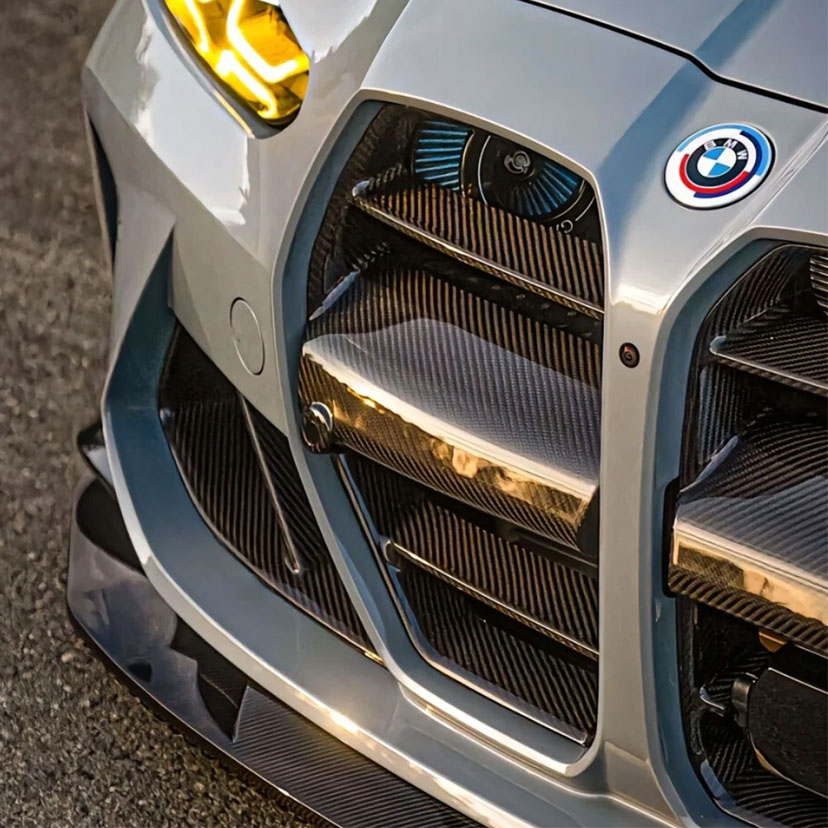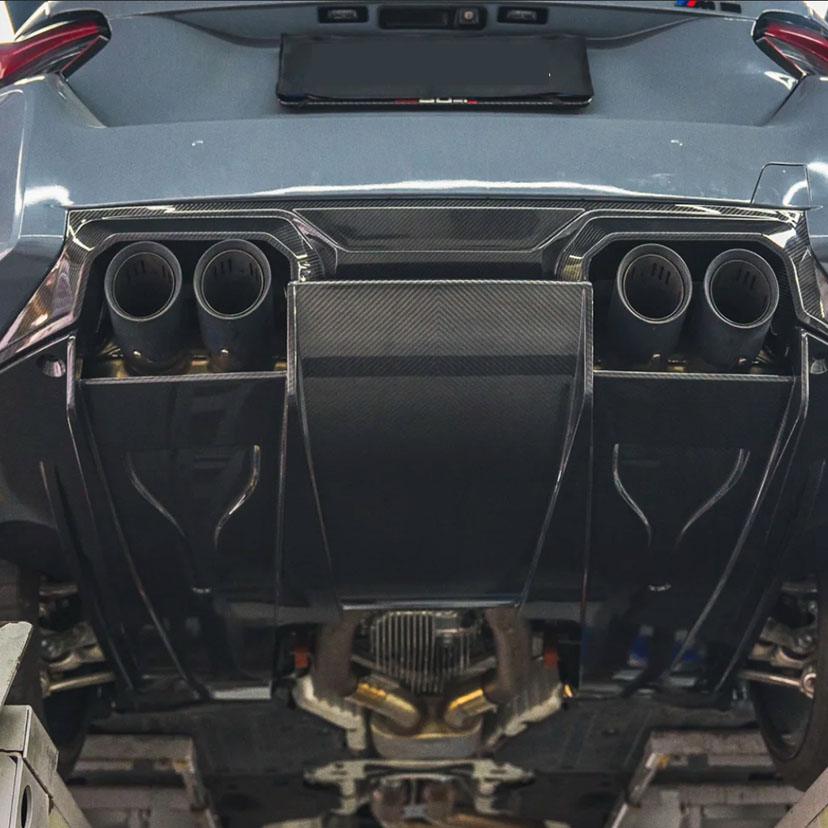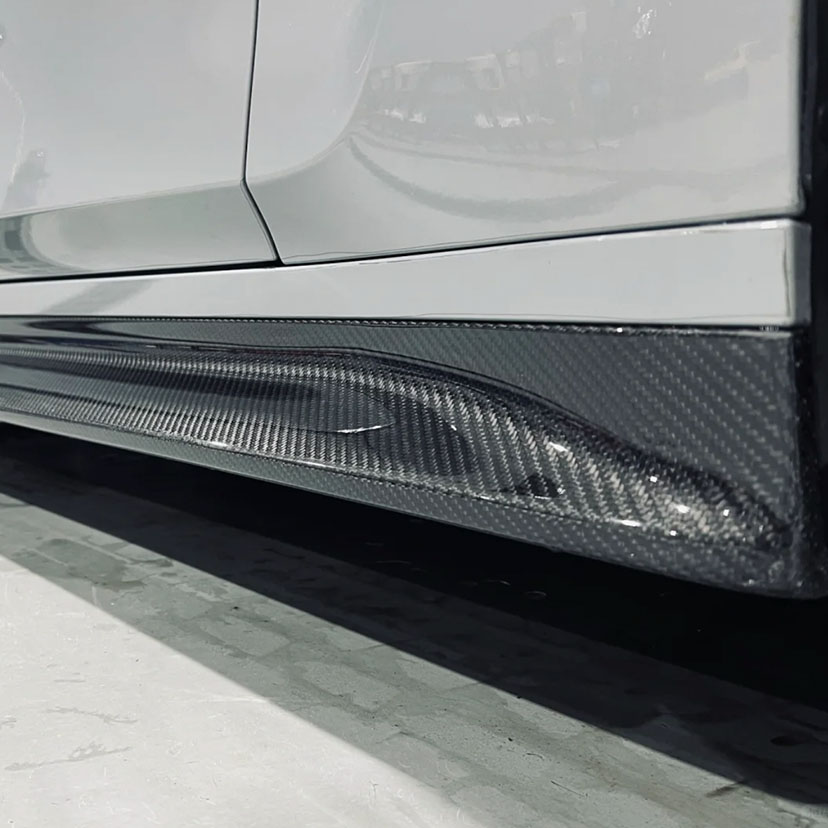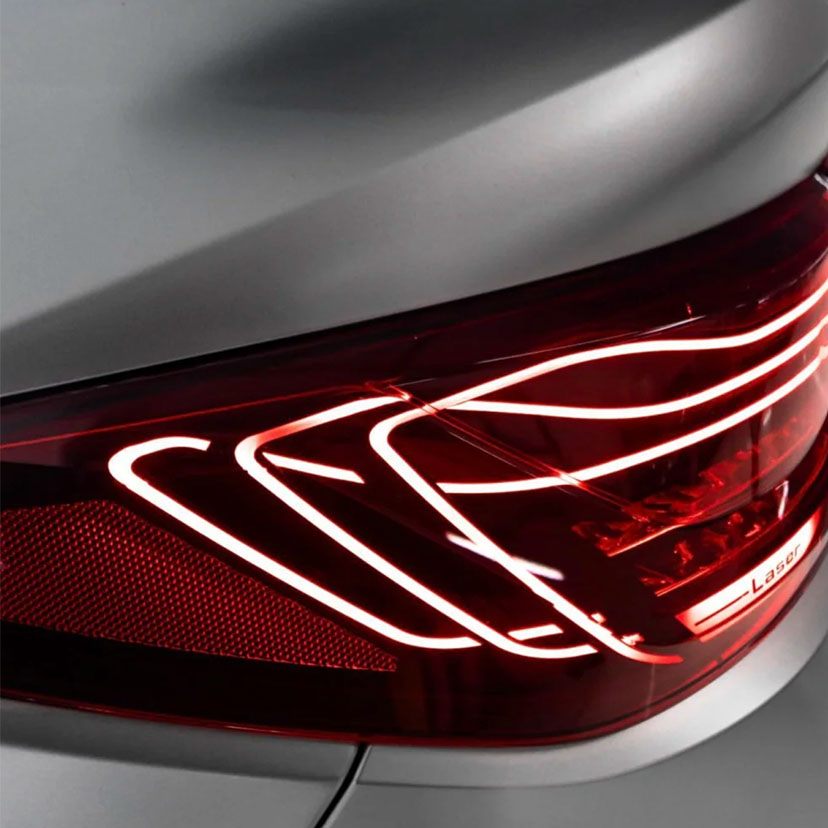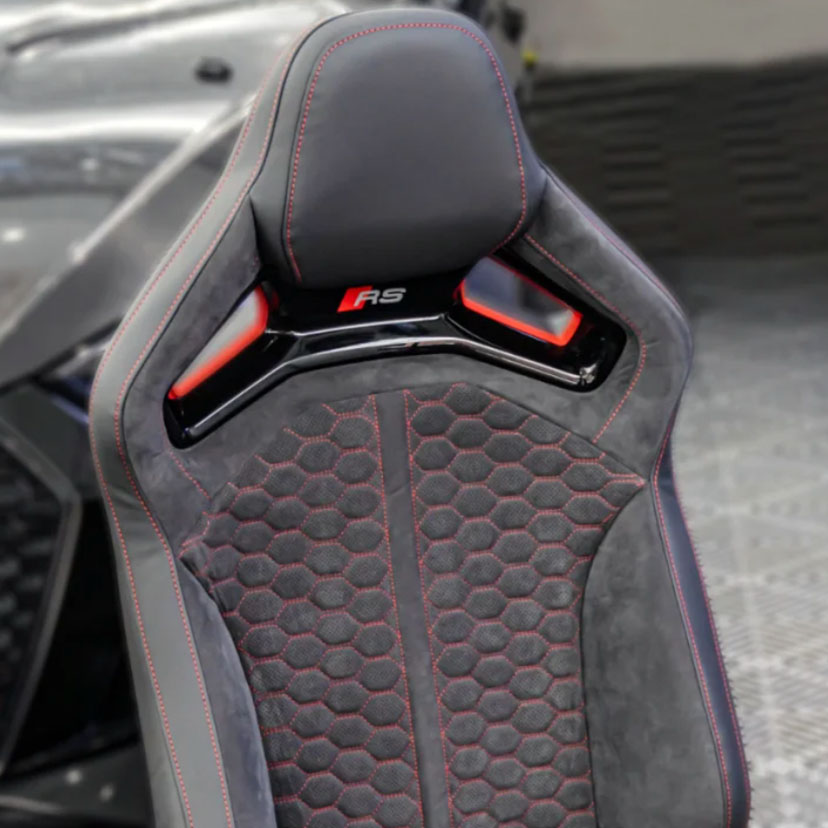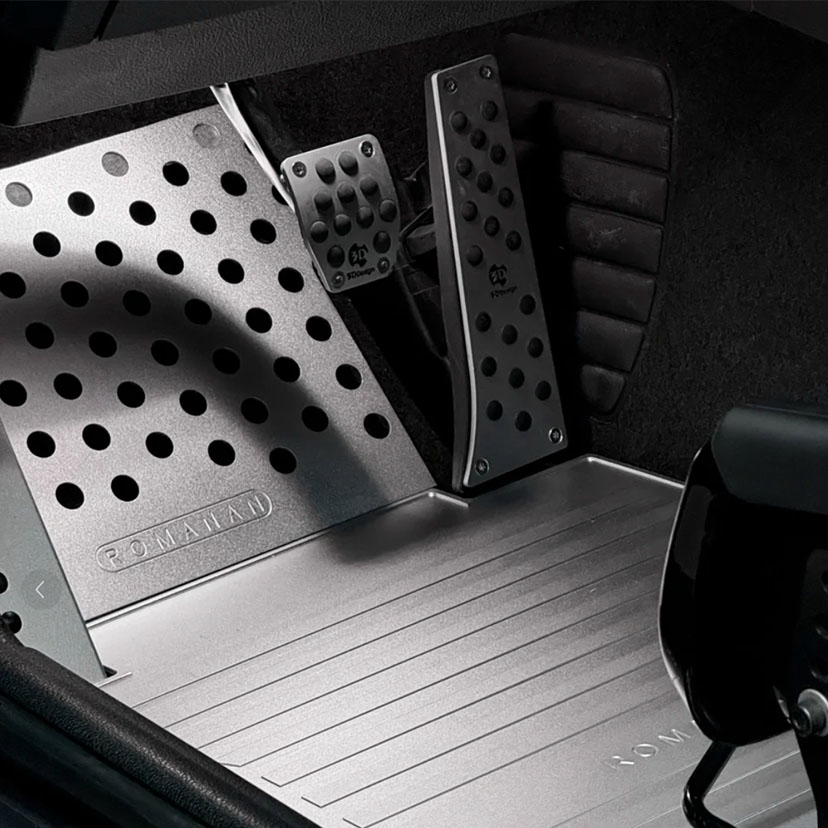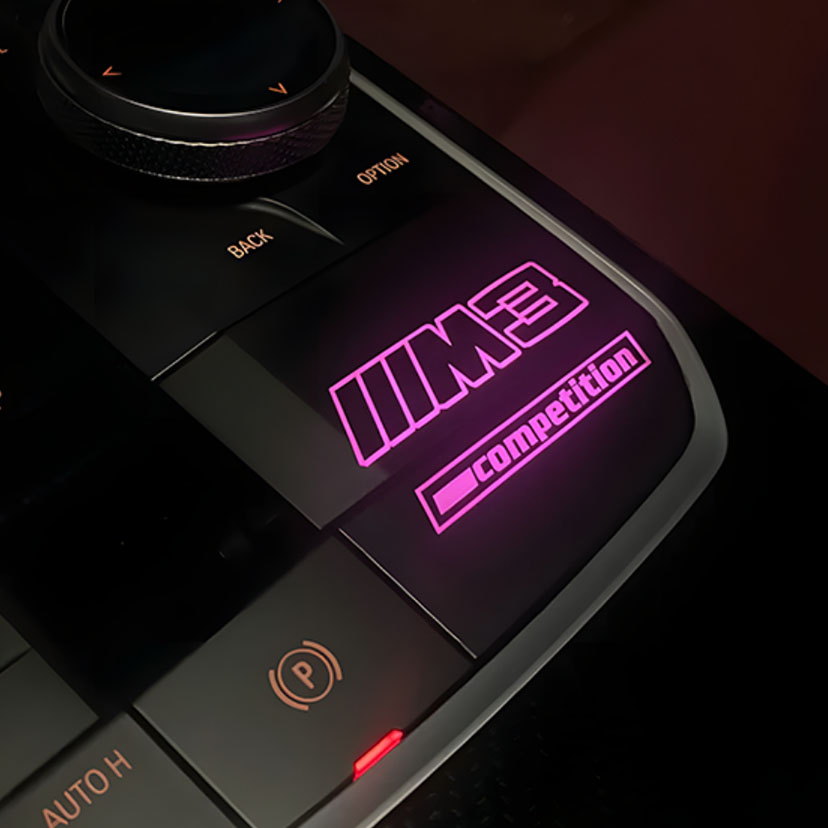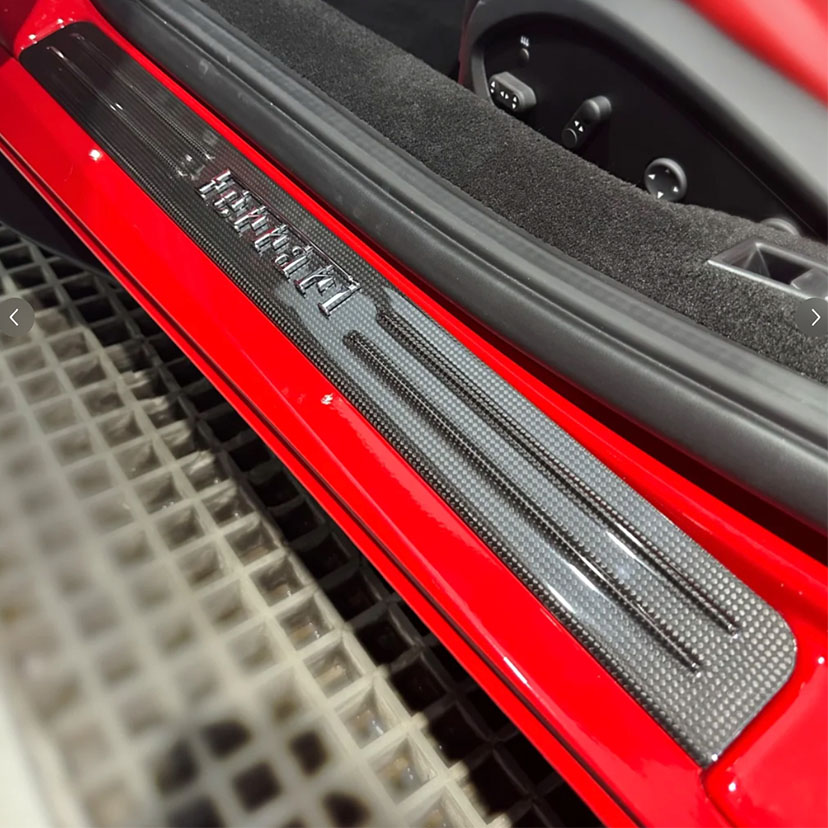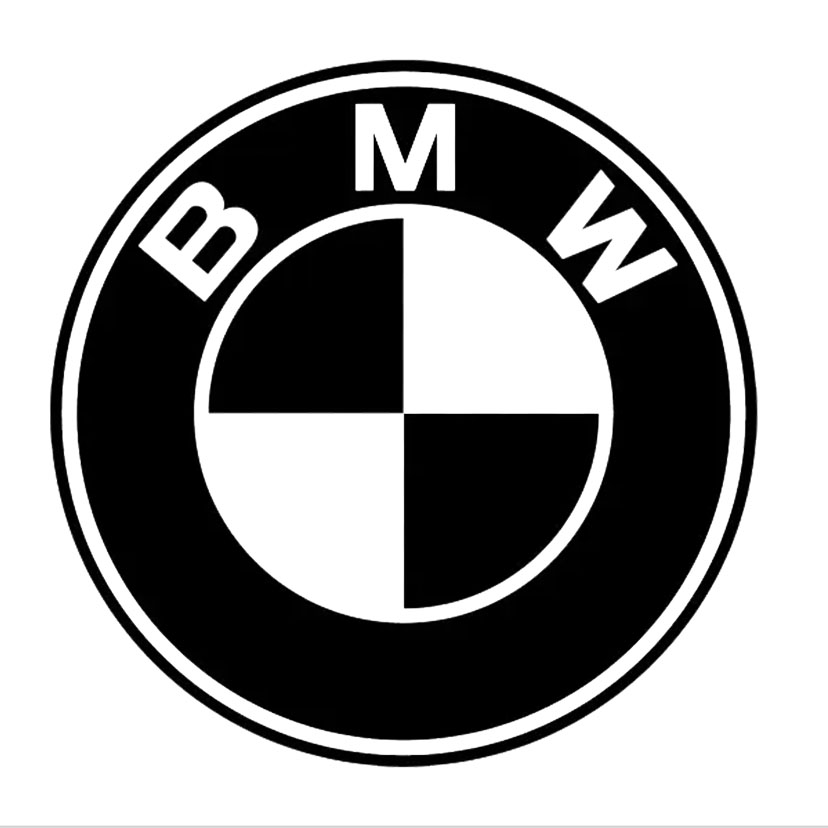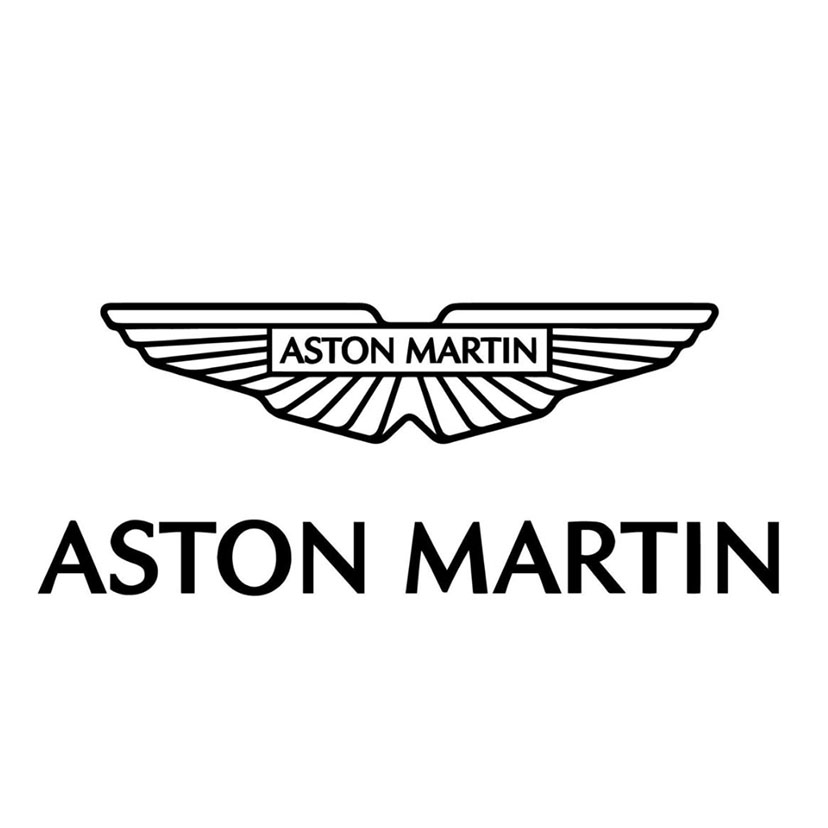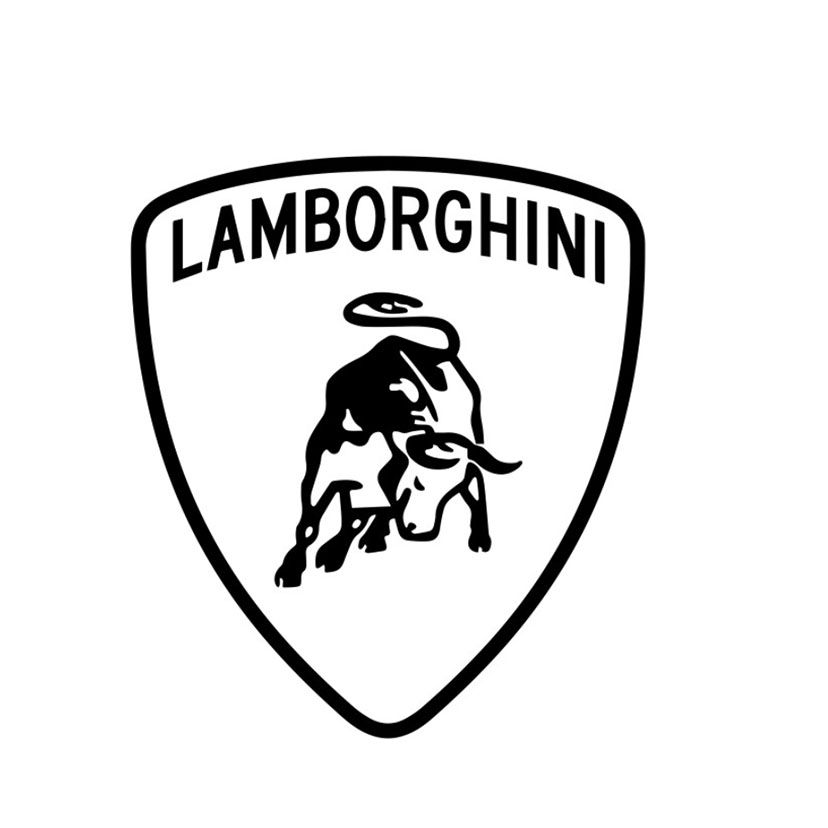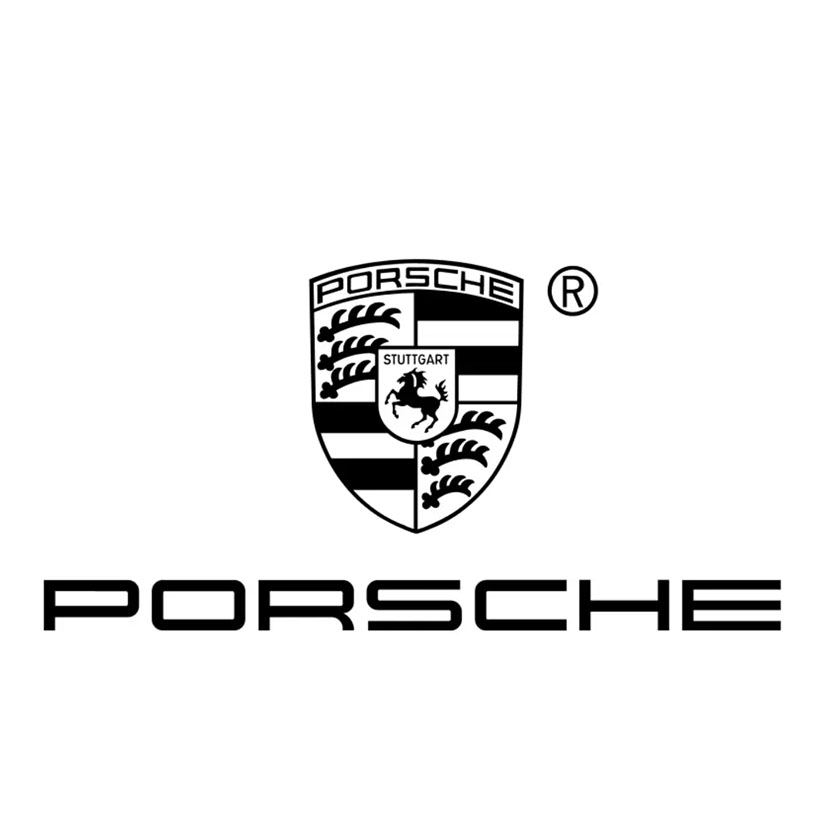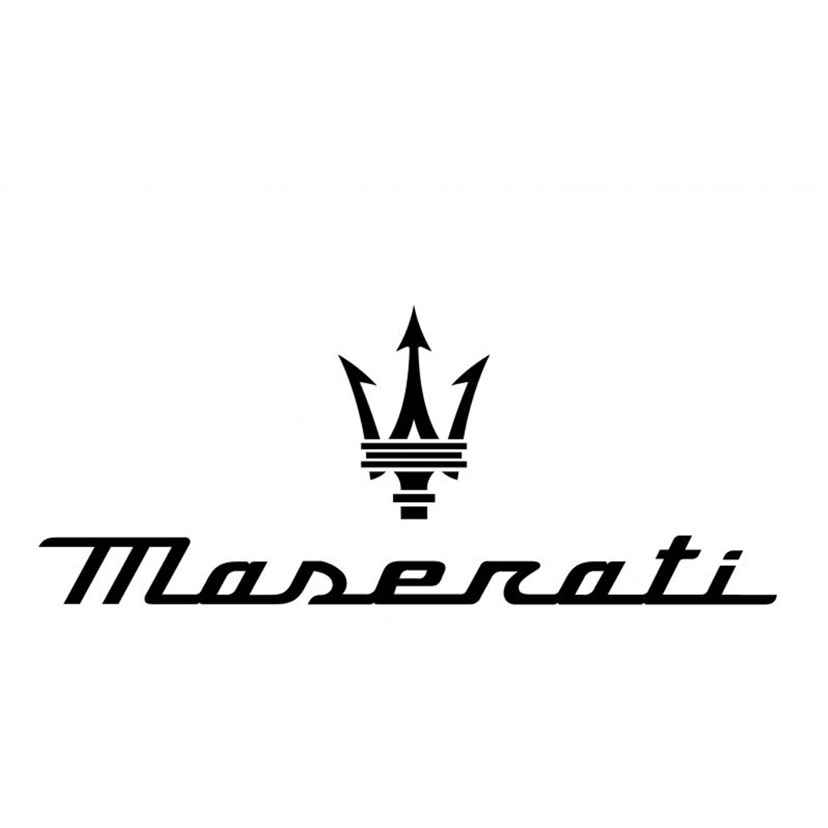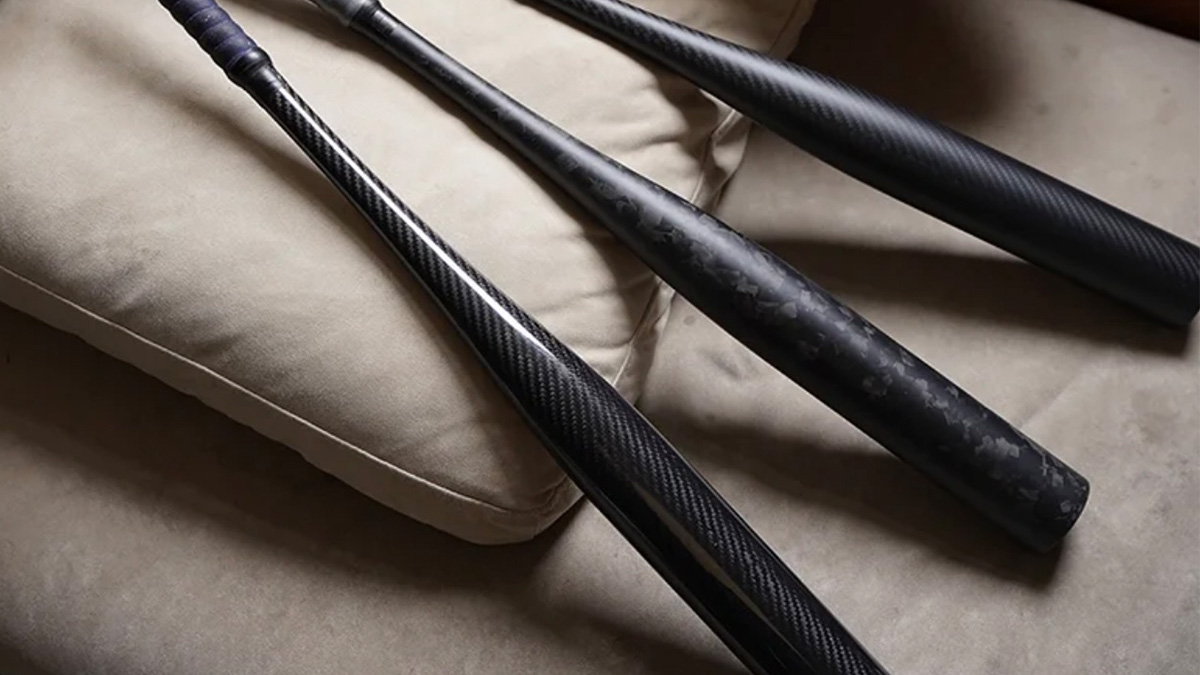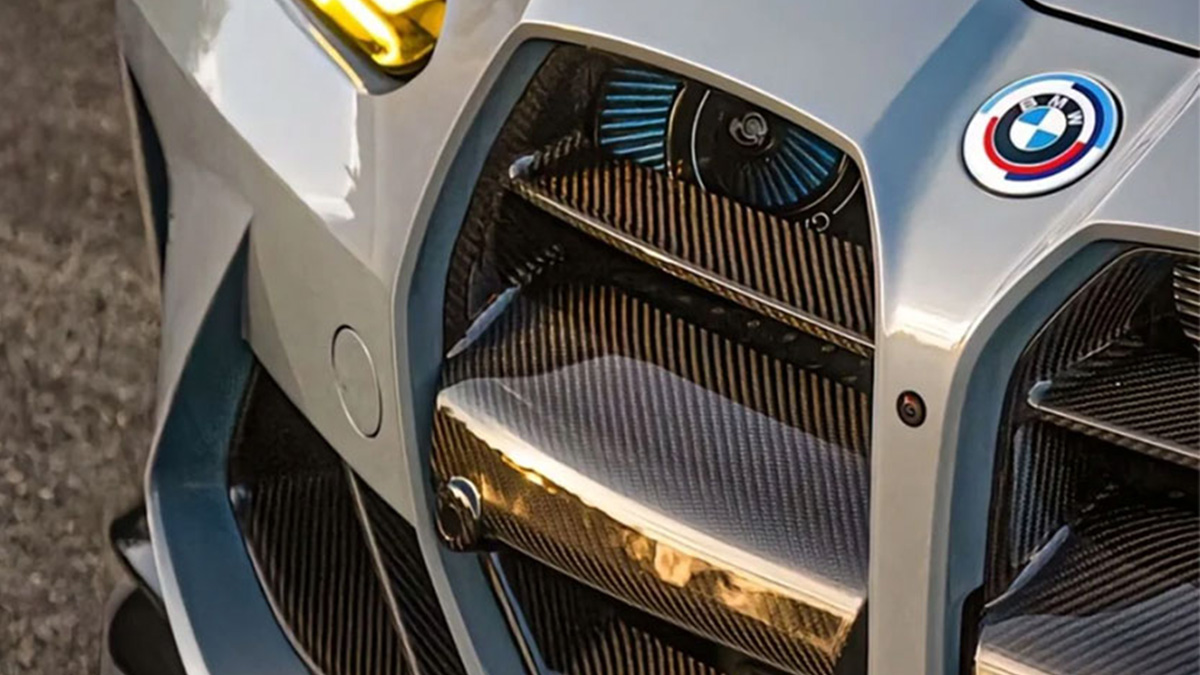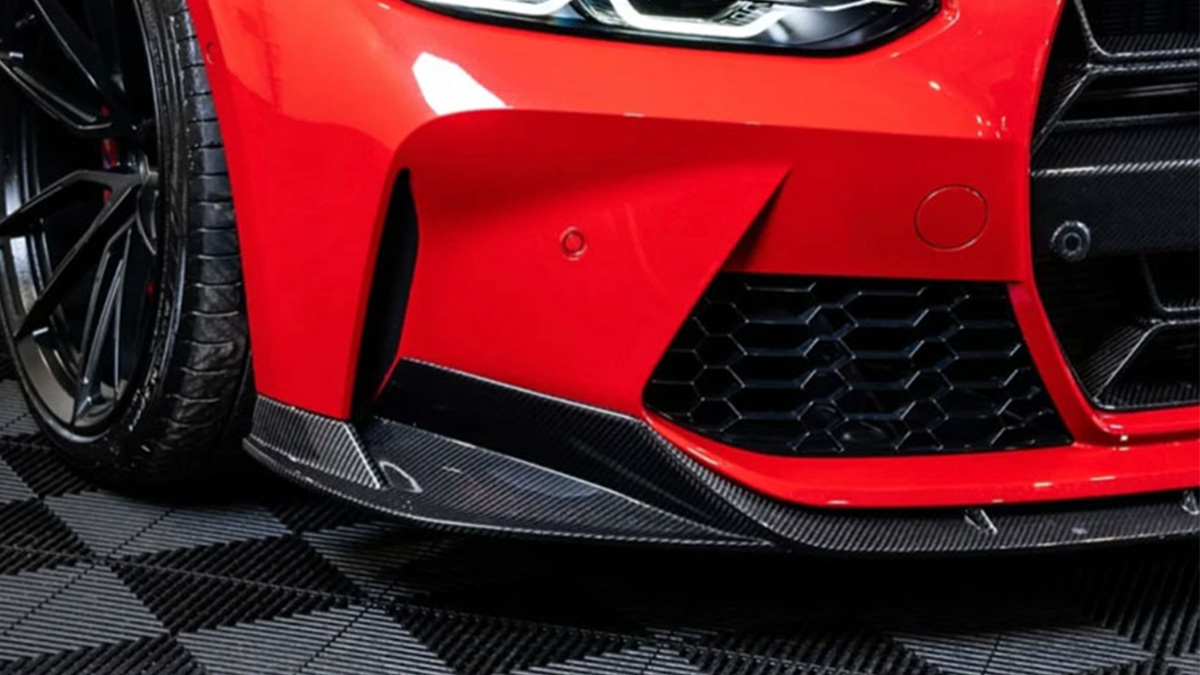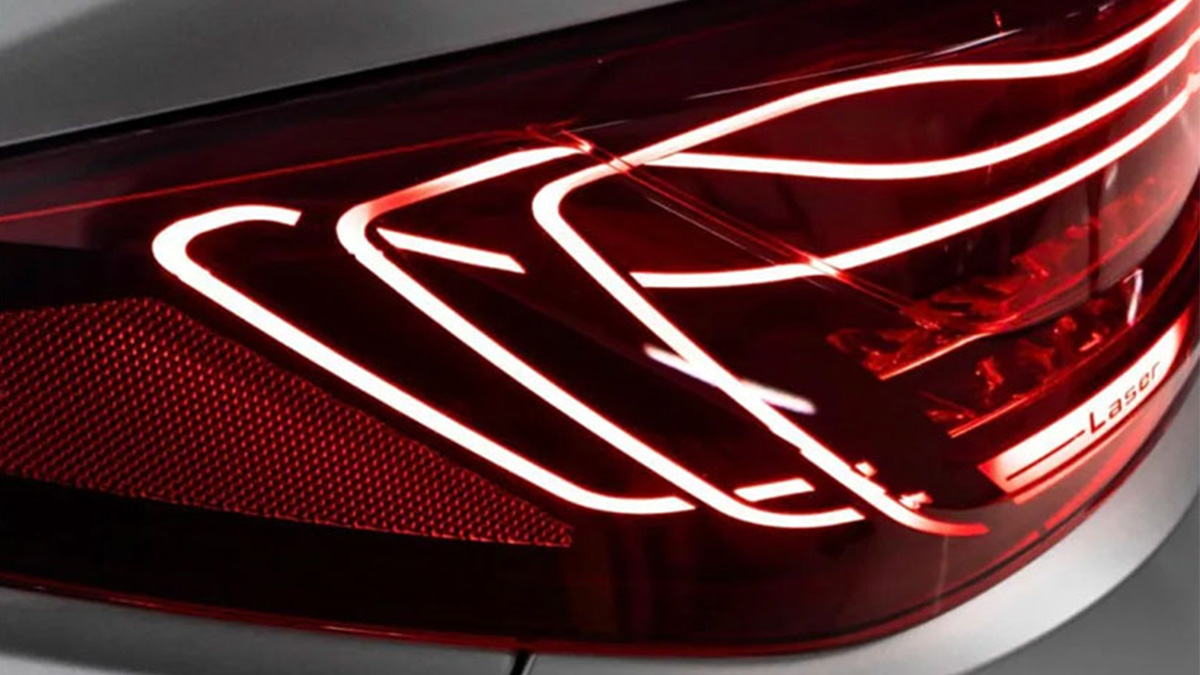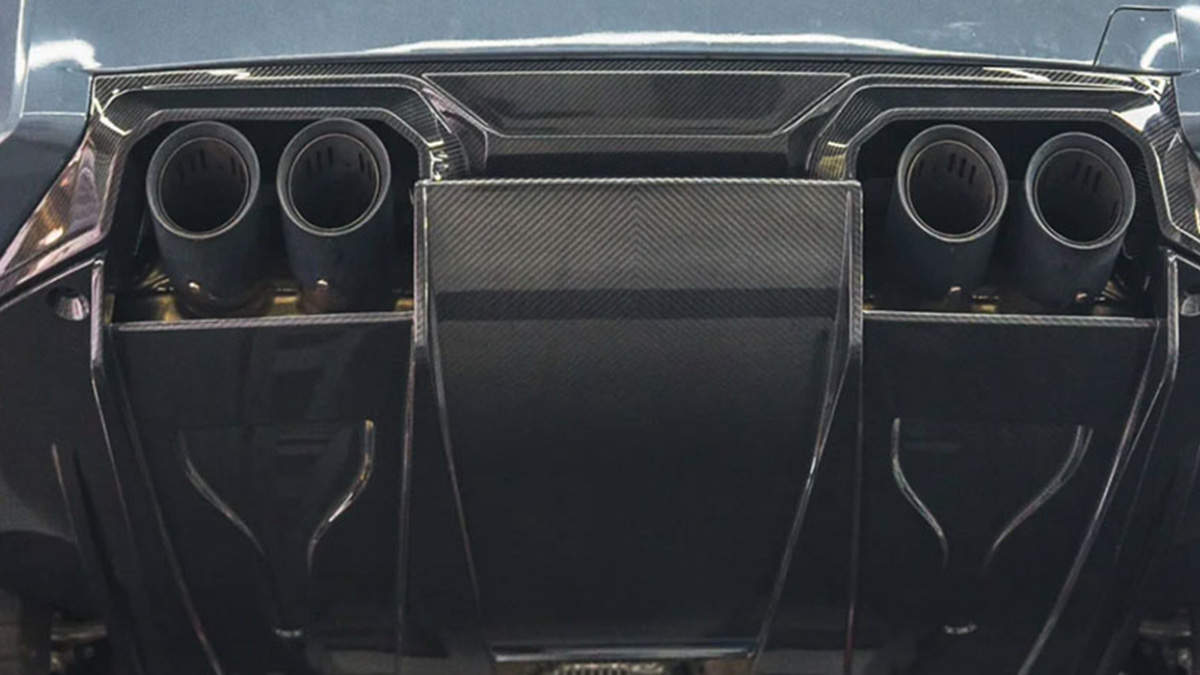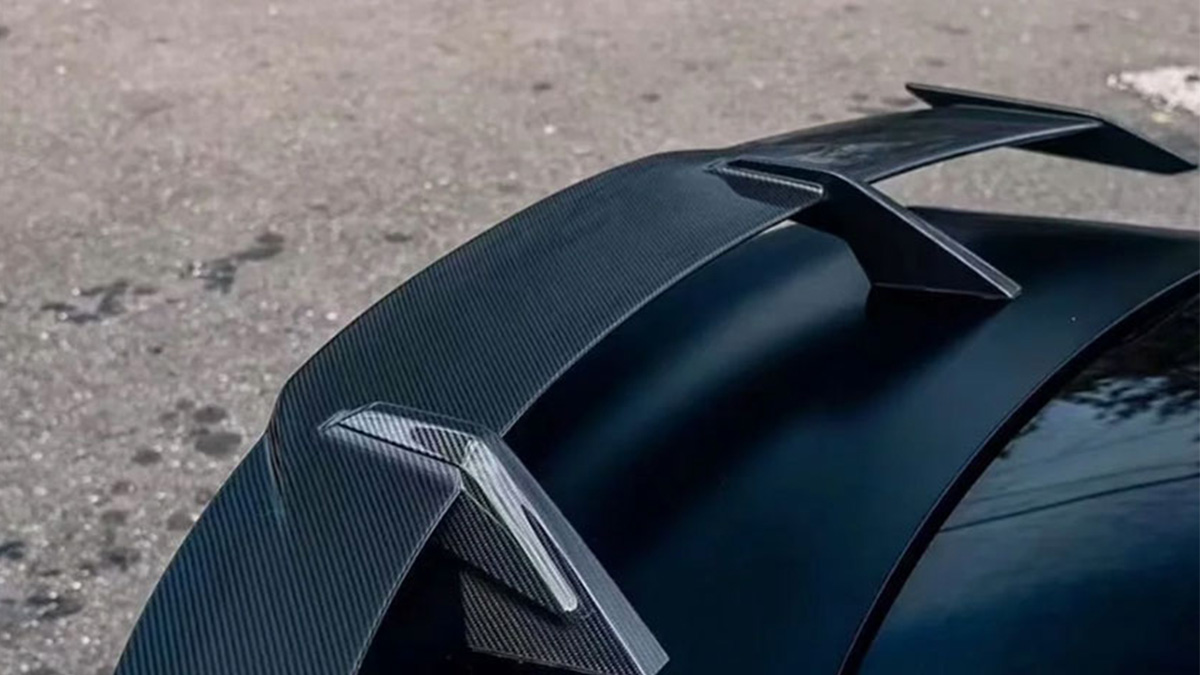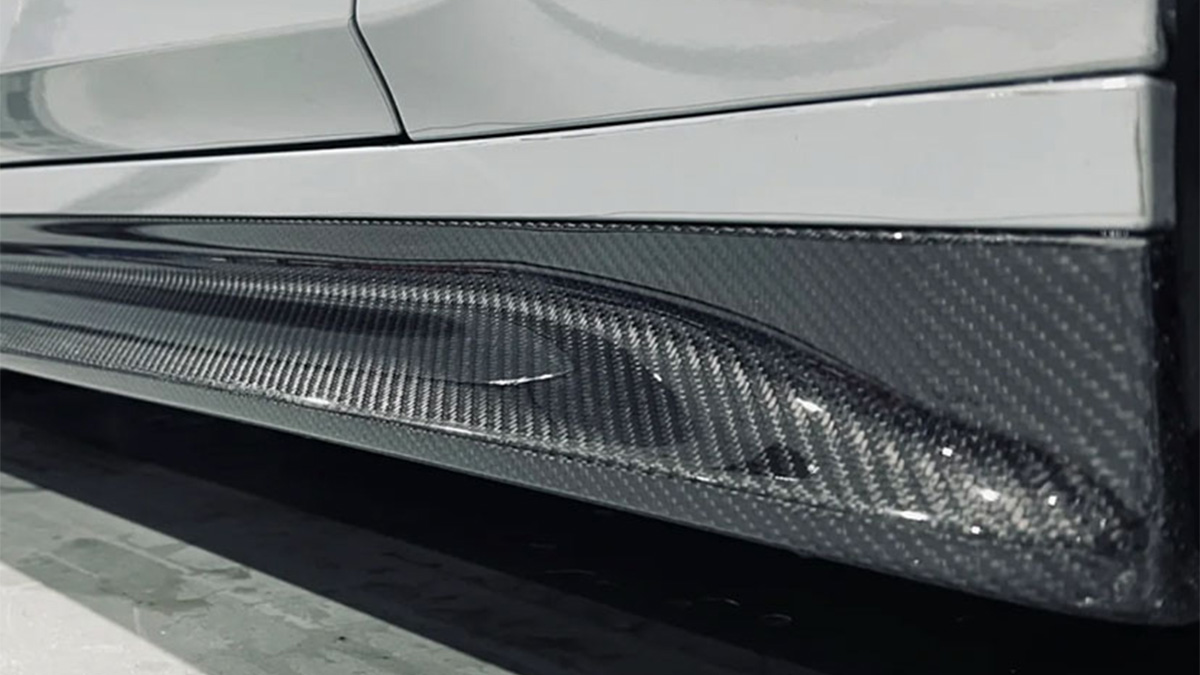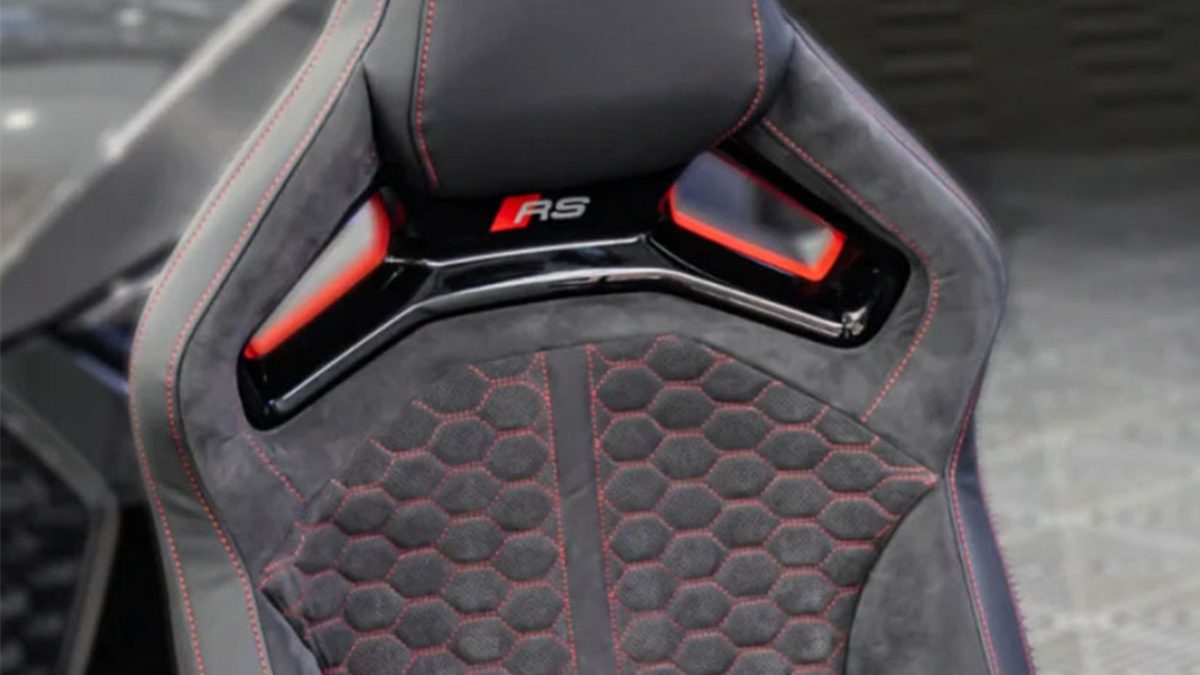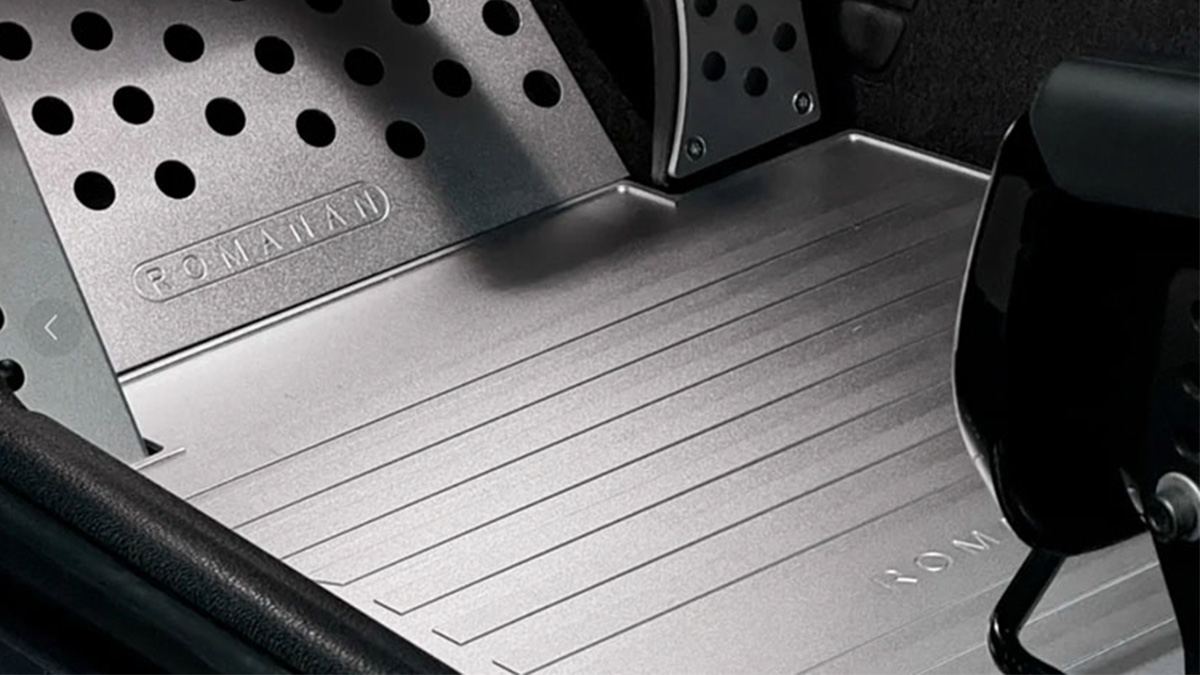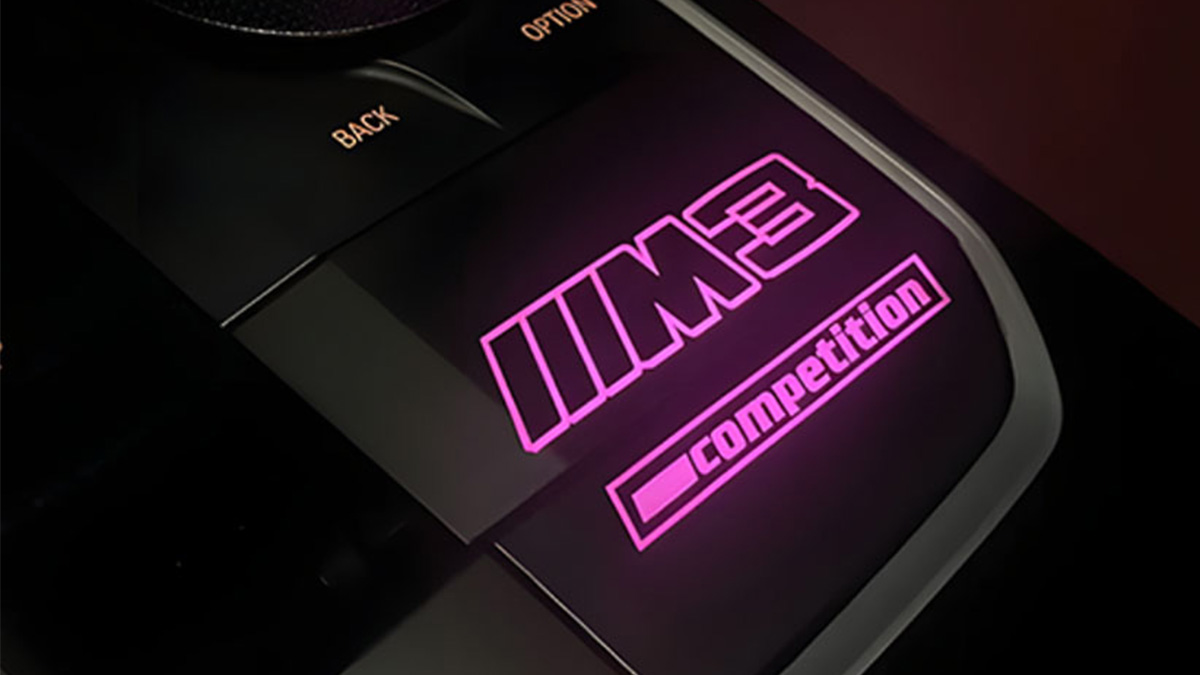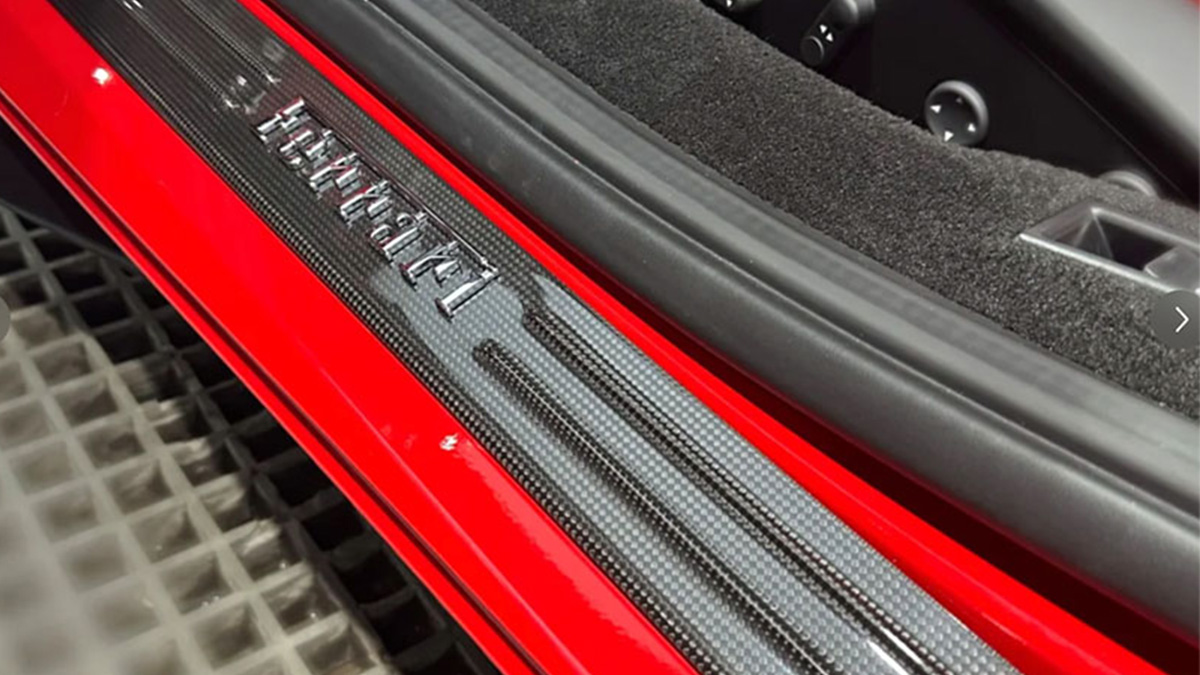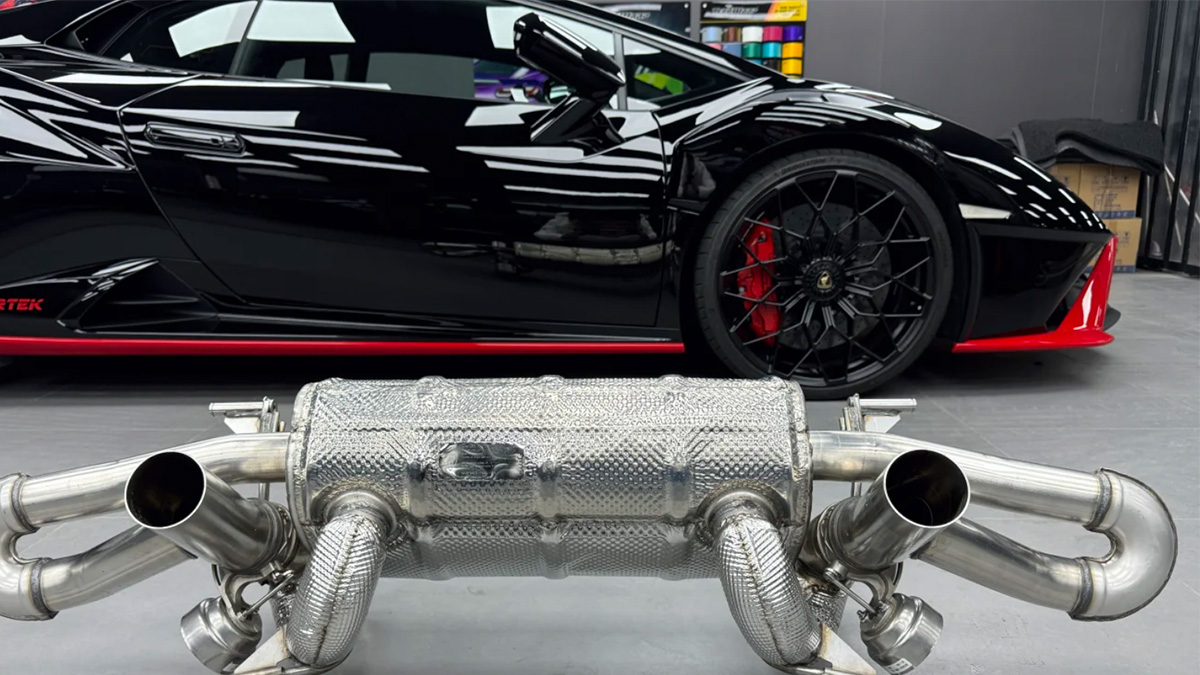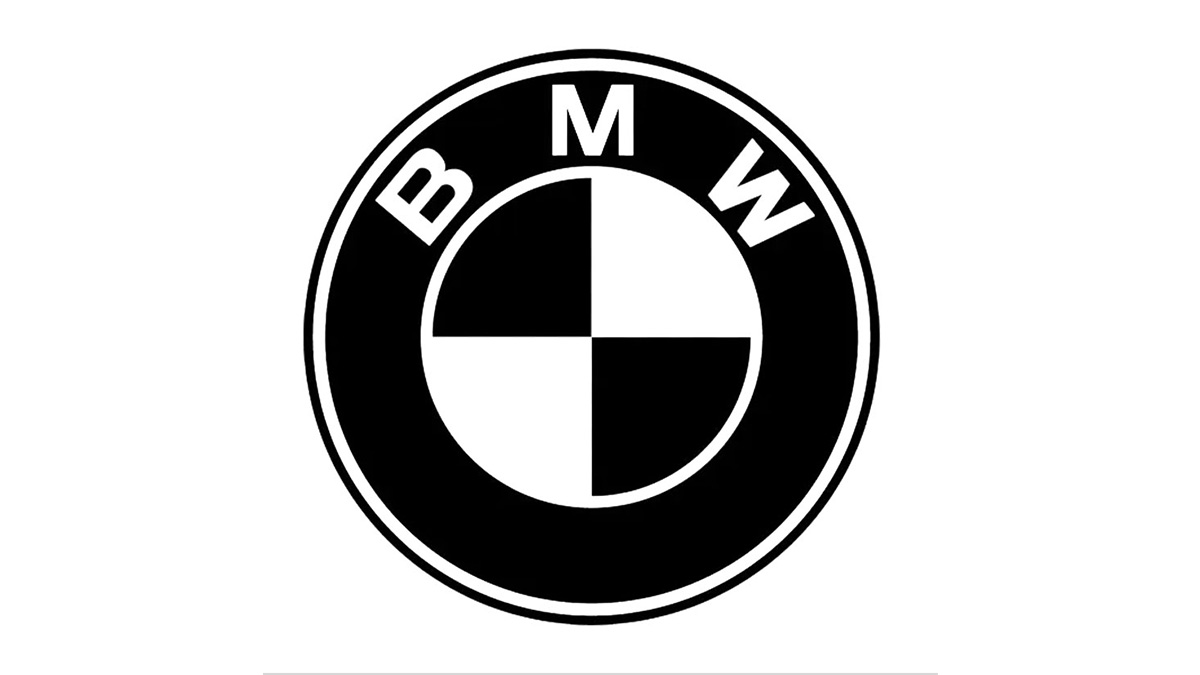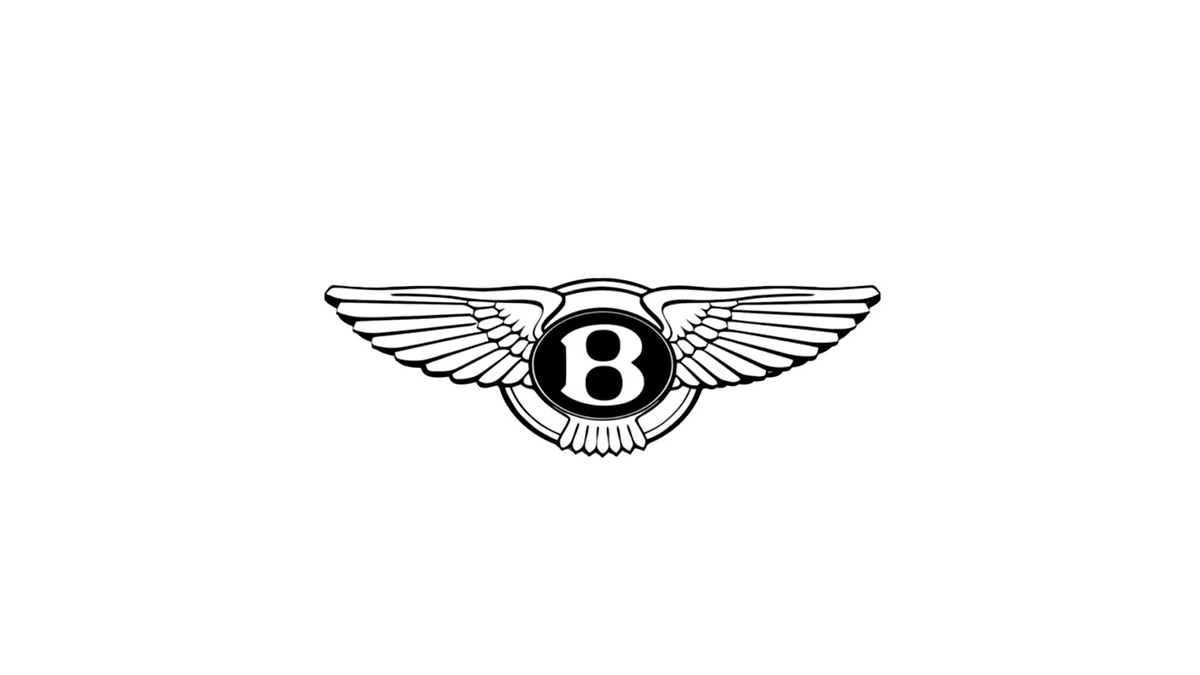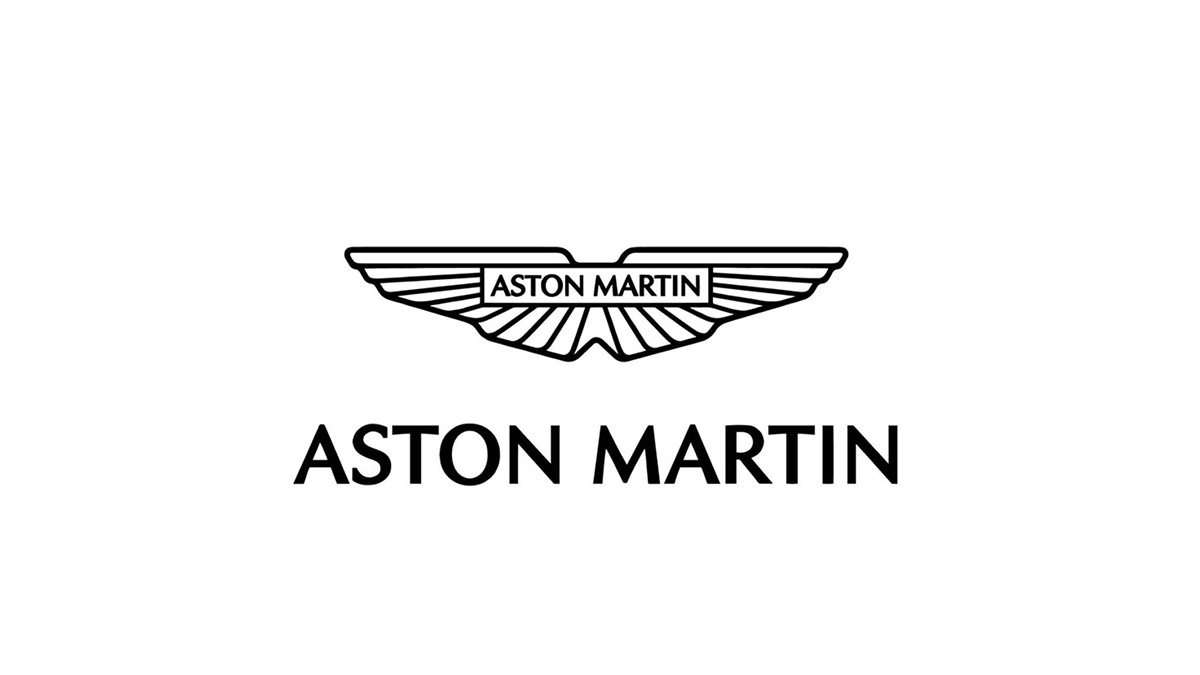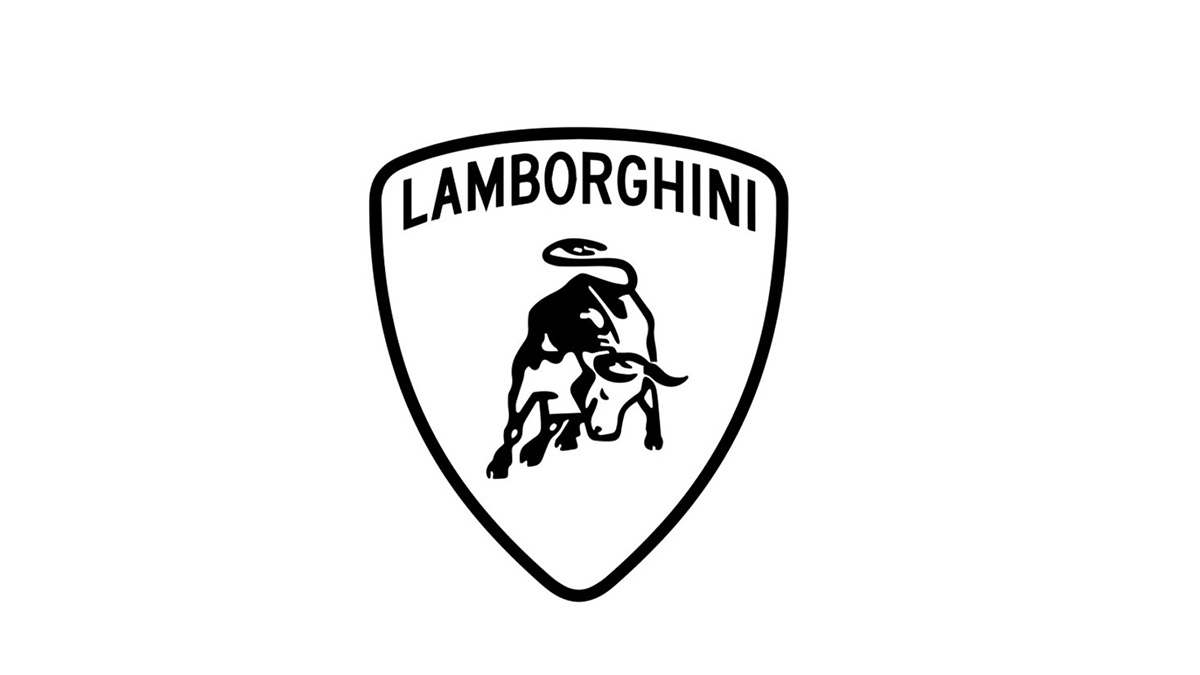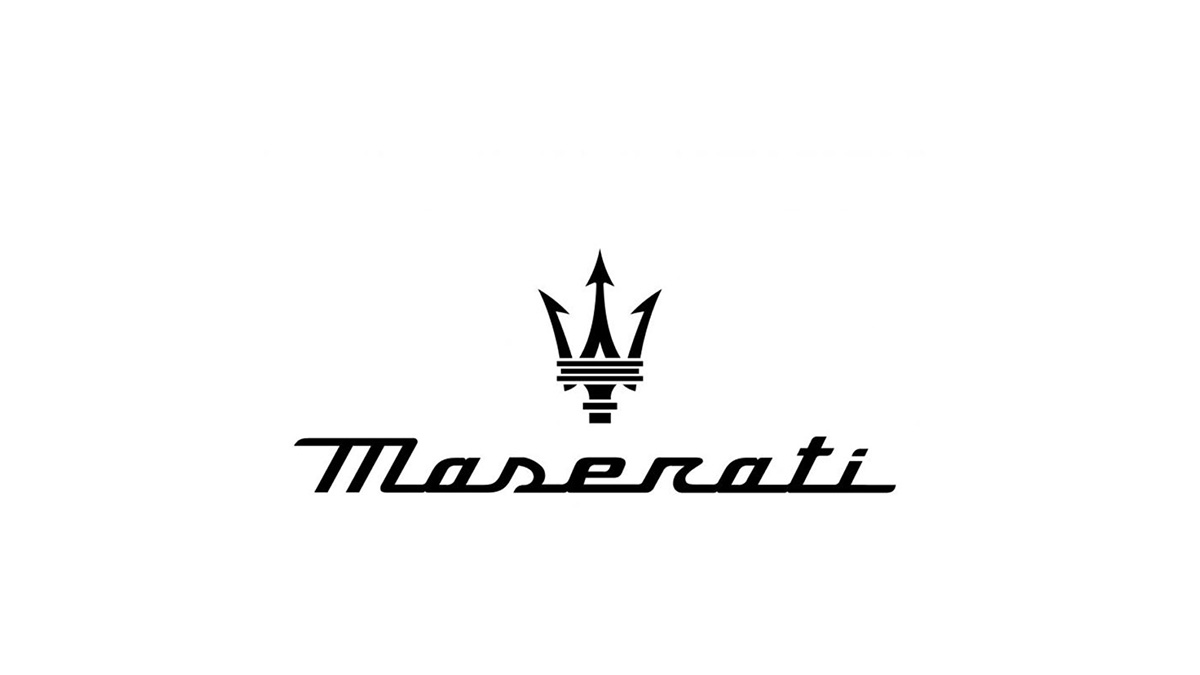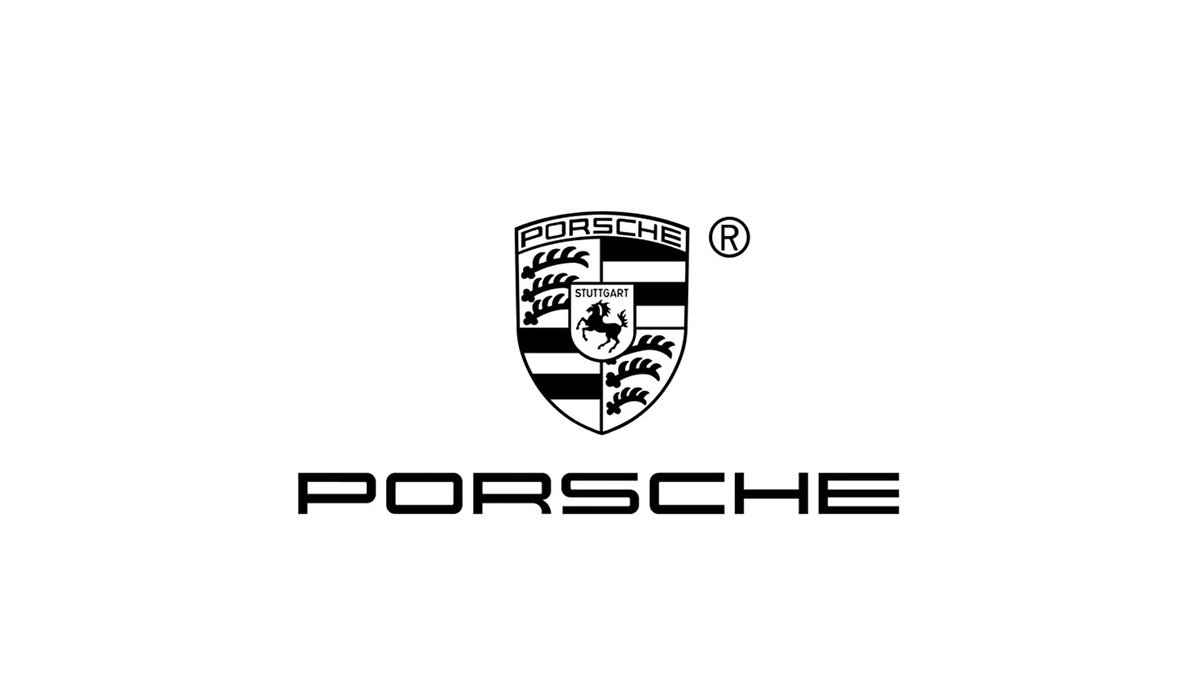Cos'è l'OEM e come funziona

You may have heard the term “OEM” in conversations about manufacturing or technology. But what is OEM? It stands for “original equipment manufacturer.” This refers to companies that produce parts or products used by other businesses to create their final goods. For example, in the automotive industry, OEMs supply engines, transmissions, and safety systems. In electronics, they provide processors, microchips, and display panels. These manufacturers play a vital role in industries like aerospace, healthcare, and energy production by delivering high-quality components. OEMs ensure that brands can focus on designing and selling while relying on experts for production.
Punti di forza
OEM means Original Equipment Manufacturer. They make parts for other companies. This lets brands focus on design and selling.
Working together with OEMs and brands is very important. Good communication and shared goals make great products and partnerships.
Picking between OEM, ODM, and aftermarket depends on your needs. OEMs let you control design, while ODMs give ready-made items.
Using OEM parts can cut costs and boost quality. OEMs have skills and tools to help brands save time and money.
Keeping a good relationship with your OEM is key. Talking often and checking quality ensures products meet your standards.
How OEM Works

The OEM Process
Manufacturing for Other Brands
OEMs play a crucial role in the production process by manufacturing components or products for other companies. These companies, often referred to as brands, rely on OEMs to produce high-quality parts that meet specific requirements. The process involves several key steps:
Quality assurance and control mechanisms ensure the final product meets industry standards.
Communication and collaboration between the OEM and the brand help align goals.
Supply chain management guarantees timely delivery of materials and components.
Selecting the right OEM partner is critical for long-term success.
Legal considerations, such as contracts and intellectual property rights, protect both parties.
Performance evaluation ensures the OEM consistently meets expectations.
Risk management addresses potential challenges in production or supply.
By handling these steps, OEMs allow brands to focus on innovation and customer engagement.
Branding and Distribution by the Purchasing Company
Once the OEM delivers the product, the purchasing company takes over. They add their branding, packaging, and marketing strategies to make the product market-ready. This approach enables companies to maintain their brand identity while leveraging the expertise of an original equipment manufacturer. For example, a smartphone brand may source processors from an OEM but market the device under its own name.
Key Players in the OEM Ecosystem
OEMs, Resellers, and End-Users
The OEM ecosystem includes three main players:
OEMs: These manufacturers produce components or products.
Resellers: They purchase OEM products and sell them under their own brand.
End-users: These are the consumers who buy and use the final product.
This interconnected system ensures that each player benefits from the OEM business model.
Collaboration Between OEMs and Brands
Successful collaboration between OEMs and brands requires clear communication and shared goals. You can expect the following practices during the manufacturing process:
Open and transparent communication channels.
Clear understanding of expectations, timelines, and milestones.
Regular updates on progress and challenges.
Prompt issue resolution and insight sharing.
In many cases, OEMs and brands work closely during design and development to create innovative features, achieve greater customization, and maintain high-quality standards.
Examples of OEM in Action
Industria automobilistica
The automotive sector heavily relies on OEMs for critical components. Companies like Volkswagen, Toyota, and Ford collaborate with OEMs to source engines, transmissions, and safety systems. These partnerships ensure vehicles meet performance and safety standards. For instance, Volkswagen, with a revenue of $284.21 billion, works with OEMs to maintain its global reputation.
Electronics and Software
In the electronics industry, OEMs provide essential components like microchips, processors, and display panels. Their expertise in design and engineering ensures these parts meet precise specifications. For example, a semiconductor OEM might supply high-performance chips to a smartphone manufacturer. In software, OEMs often license their products to brands, enabling seamless integration into devices.
OEM vs ODM vs Aftermarket
What is ODM?
Definition and Role of Original Design Manufacturer
An Original Design Manufacturer (ODM) designs and produces products that other companies can rebrand and sell as their own. Unlike an original equipment manufacturer, which follows your design specifications, an ODM offers pre-designed products. You can adopt these designs with minimal changes, saving time and resources. ODMs often handle the entire production process, from design to manufacturing, allowing you to focus on branding and marketing.
Key Differences Between OEM and ODM
The primary difference lies in control and customization. With OEM, you retain control over the product’s design and intellectual property. The original equipment manufacturer simply manufactures the product based on your specifications. In contrast, ODMs provide ready-made designs, which you can customize slightly. This approach reduces development costs and speeds up time to market.
Caratteristica | Ricambi OEM | ODMs |
|---|---|---|
Definition | Parts produced by the original manufacturer for use in their products | Companies that design and manufacture products to be rebranded by other companies |
Product Customization | Limited customization; parts are made to specific standards for the original products | High level of customization; products are designed to meet the specific needs and branding of the purchasing company |
Costo | Generally more expensive due to higher quality and precision | Varies based on customization and production scale; can be competitive |
What is Aftermarket?
Definition and Examples of Aftermarket Products
Aftermarket products are replacement parts or accessories made by third-party manufacturers. These parts are not produced by the original equipment manufacturer but are designed to fit and function in the same way. For example, HGM Automotive Electronics creates aftermarket automotive electronics, including advanced systems for vehicles. Similarly, the COMPUSHIFT range of transmission controllers is a well-known aftermarket product in the automotive sector.
Comparison of OEM and Aftermarket Products
OEM parts are typically of higher quality and come with warranties from the original manufacturer. They are designed to fit and function exactly like the original components. Aftermarket parts, on the other hand, vary in quality. Some may offer better performance or affordability, while others might lack the precision of OEM parts.
Caratteristica | Ricambi OEM | Ricambi aftermarket |
|---|---|---|
Qualità | Typically higher quality, designed to fit and function exactly like the original parts | Quality varies; can range from lower to higher than OEM depending on the manufacturer |
Prezzo | Generally more expensive due to higher quality and precision | More varied; generally more affordable but can be more expensive for high-performance parts |
Garanzia | Often come with warranties from the original manufacturer | Warranty varies by manufacturer; some may offer limited or no warranty |
Choosing Between OEM, ODM, and Aftermarket
Fattori da considerare
When deciding between OEM, ODM, and aftermarket options, you should evaluate several factors:
Product Uniqueness: If you want a unique product, ODM might be the best choice.
Manufacturing Expertise: If you lack manufacturing expertise, OEM can handle production based on your design.
Considerazioni sui costi: ODM can be cost-effective due to economies of scale, but this depends on your specific needs.
Branding: OEM allows you to maintain control over design and branding.
Use Cases for Each Option
OEM: Ideal for businesses that want to retain control over product design and branding.
ODM: Suitable for companies looking to reduce development costs and speed up time to market.
Aftermarket: Best for consumers seeking affordable replacement parts or performance upgrades.
By understanding these options, you can choose the right approach for your business needs.
Applications of OEM in Various Industries

Industria automobilistica
OEM Parts in Vehicle Manufacturing
You encounter OEM applications daily in the automotive industry. OEMs supply critical components like engines, electronic control units, and advanced braking systems. These parts ensure vehicles meet performance and safety standards. Companies such as Bosch and Denso provide fuel injectors, sensors, and braking systems to major car manufacturers. For example, Volkswagen AG and Toyota Motor Corp rely on OEMs to maintain their reputation for quality and innovation. Without OEM parts, car brands would struggle to deliver reliable and efficient vehicles.
Partnerships Between Car Brands and OEMs
Car brands collaborate closely with OEMs to create high-quality vehicles. These partnerships allow brands to focus on design and marketing while OEMs handle production. Mercedes-Benz Group AG, for instance, works with OEMs to integrate advanced safety systems into their cars. This collaboration ensures that vehicles not only meet but exceed customer expectations. By leveraging OEM expertise, car brands can innovate faster and stay competitive.
Electronics and Technology
OEM Components in Smartphones and Computers
OEMs play a vital role in the electronics and IT industry. They manufacture essential components like processors, memory chips, and display panels. These parts power the devices you use every day, from smartphones to laptops. For instance, OEM hardware ensures that your computer runs smoothly and efficiently. Without these components, modern technology would not function as seamlessly.
Software OEMs and Licensing
In addition to hardware, OEMs contribute to software development. Many software companies license their products to device manufacturers. This allows seamless integration of operating systems and applications into devices. For example, when you purchase a laptop, the pre-installed software often comes from an OEM. This collaboration ensures compatibility and enhances user experience.
Altre industrie
Assistenza sanitaria e dispositivi medici
OEMs serve as the backbone of the healthcare industry. They design, develop, and manufacture medical devices essential for diagnostics and treatment. These include imaging equipment, surgical tools, and patient monitoring systems. OEMs ensure these devices meet strict quality and safety standards. Their ability to synchronize supply and demand guarantees a steady flow of products to healthcare providers.
Consumer Goods and Appliances
In the consumer goods sector, OEMs produce components for household appliances like refrigerators, washing machines, and air conditioners. By relying on OEMs, brands can focus on creating user-friendly designs and marketing strategies. This approach ensures that appliances are both functional and reliable, meeting the needs of modern consumers.
Benefits of Using OEM Products
Efficienza dei costi
Lower Production Costs for Brands
Using OEM products significantly reduces production costs for your business. OEMs often have established supplier relationships, enabling them to secure discounts that individual companies cannot access. Their streamlined production processes enhance efficiency, saving you money. By outsourcing manufacturing, you avoid the need for expensive equipment and specialized technology. This approach also reduces labor costs since you hire fewer employees to manage production.
OEMs help you avoid costly mistakes with their extensive experience.
Contract manufacturers adapt quickly to market changes, saving you from investing in new expertise or equipment.
Economies of scale allow OEMs to negotiate lower raw material prices, passing these savings to you.
Economies of Scale for OEMs
OEMs achieve economies of scale by optimizing production. They reduce capital investment and overhead costs by outsourcing manufacturing. This flexibility allows them to scale production up or down based on market demand. Access to skilled teams and advanced technologies ensures competitive pricing without compromising quality.
Quality and Reliability
Standards Maintained by OEMs
OEMs prioritize quality through stringent control processes. They conduct regular inspections and testing to ensure their products meet industry standards. Continuous monitoring and auditing further enhance reliability. Many OEMs use advanced tools like CMMS to track equipment performance and maintain consistent quality.
Compatibility with Branded Products
OEM products are designed to integrate seamlessly with your branded goods. This compatibility ensures that your final product functions as intended, enhancing customer satisfaction. By maintaining high standards, OEMs help you build trust with your audience.
Focus on Core Competencies
Brands Can Focus on Marketing and Sales
Outsourcing manufacturing to OEMs allows you to concentrate on your strengths. You can allocate more resources to marketing, sales, and customer engagement. This focus helps you build stronger relationships with your customers and innovate in your market.
OEMs Specialize in Manufacturing
OEMs handle the complexities of production, letting you focus on what you do best. Their expertise in manufacturing ensures efficiency and precision. By collaborating with OEMs, you can invest in research, development, and branding, giving your business a competitive edge.
Challenges and Considerations with OEM
Dependence on OEMs
Risks of Supply Chain Disruptions
Relying on OEMs can expose your business to supply chain disruptions. These disruptions may arise from geopolitical tensions, natural disasters, or global shortages. For example:
Major automotive manufacturers like Ford and GM are now producing semiconductors in-house to reduce reliance on external suppliers.
Chip manufacturers are exploring alternative production sites in countries like Vietnam and India to avoid future disruptions.
Volkswagen and Bosch have partnered on local-for-local production to mitigate risks and enhance sustainability.
By diversifying suppliers or adopting in-house production, you can reduce these risks and maintain operational stability.
Limited Control Over Production
When you depend on an OEM, you may lose some control over the production process. This can lead to challenges in ensuring that timelines, quality standards, and specifications are consistently met. To address this, you should establish clear contracts and maintain open communication with your OEM partner. Regular audits and performance reviews can also help you monitor production quality and adherence to deadlines.
Intellectual Property Concerns
Protecting Designs and Patents
Collaborating with an OEM requires you to safeguard your intellectual property. Without proper precautions, your designs or patents could be at risk. To protect your proprietary information:
Register your intellectual property, including patents and trademarks, before public disclosure.
Use non-disclosure agreements (NDAs) to prevent OEMs from misusing your product information.
Divide assembly among different suppliers to limit access to full product specifications.
These strategies ensure your innovations remain secure while working with OEMs.
Risks of Imitation or Competition
OEMs may inadvertently or intentionally replicate your designs for other clients or competitors. This risk is particularly high in regions where intellectual property laws are less stringent. For instance, in China, intellectual property registered elsewhere may not receive protection. By taking proactive measures, such as NDAs and strategic supplier management, you can minimize these risks.
Garanzia di qualità
Ensuring Consistent Quality from OEMs
Maintaining consistent quality from your OEM partner can be challenging. Issues like supply chain complexity, communication gaps, and cost management often arise. To overcome these challenges, you should:
Implement stringent quality control processes, including inspections and testing.
Monitor production continuously to ensure compliance with quality standards.
Address deviations promptly to avoid long-term issues.
These steps help you deliver reliable products to your customers.
Importance of Strong Partnerships
Building a strong partnership with your OEM can significantly improve quality assurance. Open communication channels ensure both parties understand expectations and milestones. Regular updates on progress and challenges foster collaboration and timely issue resolution. Additionally, tools like a Computerized Maintenance Management System (CMMS) can enhance product reliability by reducing downtime and ensuring proactive maintenance. A strong partnership allows you to maintain high standards and meet customer expectations consistently.
Understanding what is OEM helps you appreciate its critical role in modern industries. OEMs streamline production by providing specialized components, enabling businesses to focus on innovation and customer satisfaction. They also drive cost efficiency, scalability, and access to advanced technologies. However, challenges like supply chain complexity and quality control require careful management. For consumers, OEM partnerships ensure reliable, high-quality products that meet expectations. By recognizing the value of OEMs, you can make informed decisions, whether you’re a business owner or a consumer seeking dependable products.




